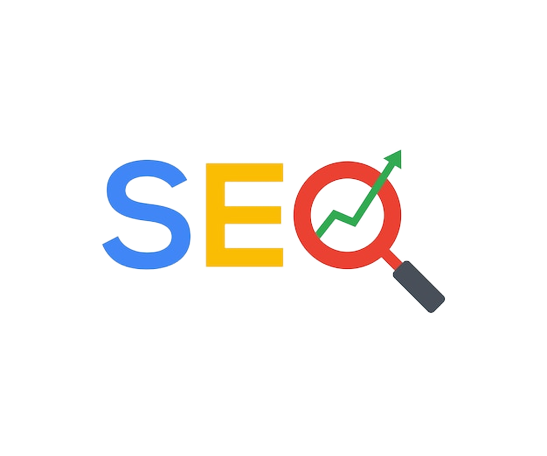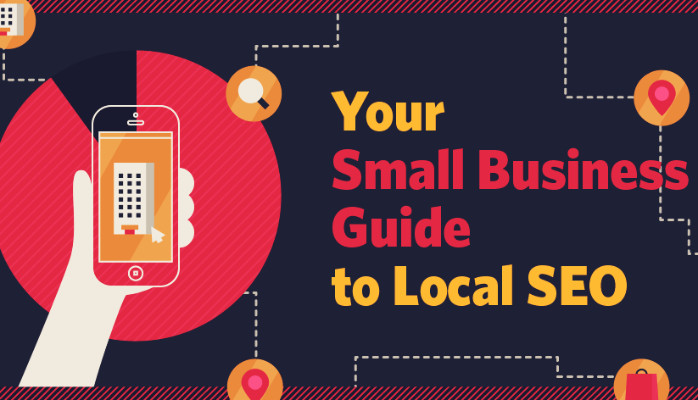This guide will walk you through everything you need to know about SEO for e-commerce websites, covering keyword research, on-page optimization, technical SEO, and more.
Implementing these strategies will help you build a strong SEO foundation and give your online store the visibility it deserves.
1. Keyword Research for E-commerce
Effective SEO starts with keyword research. For e-commerce sites, keyword research focuses on identifying the terms and phrases that potential customers are using to search for your products.
a. Types of Keywords
- Product-Specific Keywords: These keywords relate directly to the products you sell. For example, “women’s leather handbags” or “organic baby clothes.”
- Transactional Keywords: These are high-intent keywords that indicate the user is ready to make a purchase, such as “buy Nike running shoes online” or “cheap Bluetooth headphones.”
- Long-Tail Keywords: Long-tail keywords are more specific and often have lower competition, such as “best hiking shoes for wide feet” or “affordable laptops for students.”
b. Keyword Research Tools
Use tools like Google Keyword Planner, SEMrush, Ahrefs, or Ubersuggest to find relevant keywords with high search volume and moderate competition. Look for keywords that your competitors are targeting, and identify opportunities to rank higher for specific terms.
c. Prioritize Commercial Intent
For e-commerce sites, it’s important to prioritize commercial intent keywords. These are keywords that indicate users are in the buying stage of the funnel, which can lead to higher conversion rates.
2. On-Page SEO for E-commerce Websites
On-page SEO involves optimizing individual product and category pages to make them more search engine-friendly. This is one of the most crucial steps for improving your site’s visibility in search results.
a. Product Page Optimization
Each product page should be optimized to rank for relevant keywords while providing valuable information to customers.
- Product Titles (H1 Tags): Ensure your product titles are clear, descriptive, and include the primary keyword. Example: “Men’s Leather Bifold Wallet – RFID Blocking.”
- Meta Descriptions: Write compelling meta descriptions that incorporate your primary keyword and encourage users to click. Example: “Shop our men’s leather bifold wallet with RFID protection. Free shipping and easy returns.”
- Unique Product Descriptions: Avoid using manufacturer descriptions. Instead, write original, detailed descriptions that highlight the features, benefits, and use cases of your product. Include keywords naturally without keyword stuffing.
- High-Quality Images: Use high-quality, compressed images for faster load times. Include descriptive alt text for each image, using relevant keywords.
b. Category Page Optimization
Category pages are essential for organizing your products and improving rankings for broader search terms.
- Category Titles (H1 Tags): Optimize category pages with clear and descriptive titles, such as “Women’s Running Shoes” or “Home Office Furniture.”
- Category Descriptions: Add a short paragraph of text at the top or bottom of the category page, describing the products and naturally including keywords.
- Internal Linking: Use internal links to connect related products and categories, making it easier for users and search engines to navigate your site.
c. User Experience (UX) Optimization
Improving the overall user experience is an essential part of on-page SEO.
- Scannable Content: Use bullet points, short paragraphs, and bold text to make your content easier to read and digest.
- Mobile-Friendliness: Ensure your site is optimized for mobile devices, as most e-commerce traffic comes from mobile users. Use responsive design to provide a seamless experience across all devices.
3. Technical SEO for E-commerce Websites
Technical SEO ensures that your e-commerce site is accessible, crawlable, and indexable by search engines. It also impacts your site’s speed and user experience, which are critical ranking factors.
a. Site Architecture and Navigation
Your e-commerce website should have a clean and organized structure, making it easy for both users and search engines to navigate.
- Flat Site Structure: Aim for a flat site structure where users can reach any product page within 3 clicks from the homepage. This improves site crawlability and usability.
- Breadcrumbs: Implement breadcrumb navigation to show users the hierarchy of the pages they’re on. Breadcrumbs help search engines understand your site structure better.
b. Page Speed Optimization
Page load speed is a significant factor in search engine rankings, and it’s particularly important for e-commerce sites where slow load times can lead to cart abandonment.
- Image Compression: Compress large images without sacrificing quality to speed up page load times.
- Minify CSS, JavaScript, and HTML: Reduce the file sizes of CSS, JavaScript, and HTML code by removing unnecessary characters, like spaces and comments.
- Browser Caching: Use browser caching to store data locally in the user’s browser, allowing for faster loading on return visits.
c. Mobile Optimization
With a large portion of online shopping done on mobile devices, mobile optimization is critical for both SEO and user experience.
- Responsive Design: Ensure your website is fully responsive and adjusts to different screen sizes.
- Mobile Page Speed: Optimize for fast loading times on mobile devices by using tools like Google’s PageSpeed Insights to identify and resolve issues.
d. HTTPS and Security
Search engines prioritize secure websites, making HTTPS a ranking factor.
- Install an SSL Certificate: Ensure your website uses HTTPS by installing an SSL certificate. This encrypts user data and improves trust, which can also increase conversions.
e. Crawlability and Indexing
Make sure search engines can easily crawl and index all of your important pages.
- XML Sitemap: Submit an XML sitemap to Google Search Console so that search engines can discover and index your key pages.
- Robots.txt: Use a robots.txt file to tell search engines which pages not to crawl (e.g., cart pages or admin login pages).
4. Content Marketing for E-commerce SEO
Content marketing plays a key role in driving organic traffic to your e-commerce site, particularly through blog posts, buying guides, and other informational content.
a. Blogging for SEO
Blogging allows you to target long-tail keywords and provide valuable content to potential customers.
- Write Informational Content: Create blog posts that answer customer questions and provide valuable insights. For example, a clothing store might write a blog post titled “How to Choose the Perfect Winter Coat.”
- Target Long-Tail Keywords: Blog content can target long-tail keywords that are harder to optimize for on product or category pages. This brings in users who are in the research phase of the buying process.
b. Product Guides and Comparisons
Creating buying guides or product comparisons helps users make informed decisions while also improving your SEO.
- Example: “Ultimate Guide to Choosing the Best Laptop for College Students” can rank for informational searches while guiding potential customers to your products.
c. User-Generated Content
User-generated content, such as product reviews and Q&A sections, provides fresh content and helps improve search engine rankings.
- Product Reviews: Enable and encourage customer reviews on product pages. Reviews not only build trust but also contribute unique, keyword-rich content to your site.
- Q&A Sections: Allow customers to ask and answer questions about products, creating additional content for search engines to index.
5. Off-Page SEO for E-commerce
Off-page SEO focuses on building backlinks and increasing your site’s authority and trustworthiness in the eyes of search engines.
a. Link Building
Building backlinks from reputable websites signals to search engines that your site is trustworthy and authoritative.
- Guest Blogging: Write guest posts for industry-related blogs and include backlinks to your store.
- Influencer Outreach: Partner with influencers in your niche to promote your products and generate backlinks.
- Product Reviews from Bloggers: Reach out to bloggers or industry experts to review your products and link back to your site.
b. Social Media Engagement
While social media links are not a direct ranking factor, they can drive traffic to your website and increase brand awareness.
- Share Your Content: Promote your products, blog posts, and promotions on social media platforms like Instagram, Facebook, and Pinterest.
6. Local SEO for E-commerce with Brick-and-Mortar Stores
If your e-commerce business also has physical locations, local SEO can help you attract both online and in-store customers.
a. Google My Business Optimization
- Claim Your Google My Business Listing: Ensure your business information is accurate, including store hours, address, and contact information. Encourage happy customers to leave positive reviews.
b. Local Keywords
Incorporate local keywords into your product descriptions and category pages, such as “buy office chairs in Los Angeles” or “best running shoes in Chicago.”
Conclusion
Optimizing your e-commerce website for SEO requires a comprehensive approach that covers keyword research, on-page optimization, technical SEO, content marketing, and off-page efforts.
By implementing the strategies outlined in this guide, you’ll improve your site’s visibility in search results, attract more organic traffic, and ultimately increase sales




